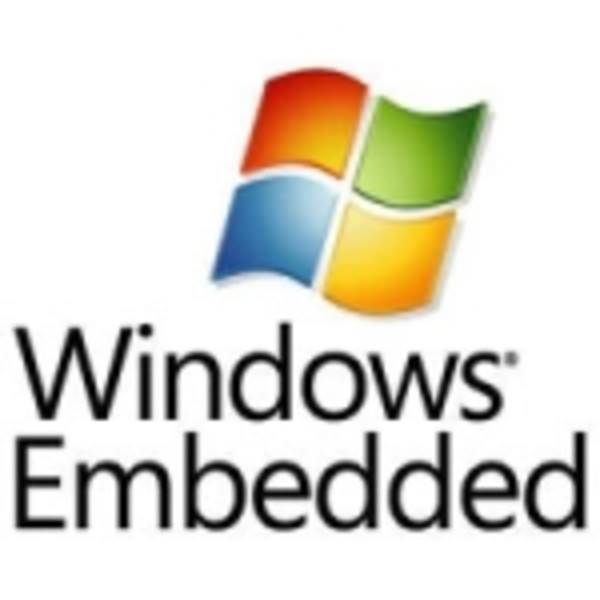People paid to be analysts have told me the key distinguishing factor between Linux and Windows architecture is that Linux is small enough to be implanted in a device, while Windows is almost too big to be a consumer operating system. This has actually never been true, so I rarely talk with these particular analysts more than once.

But if Windows truly is to become implantable, if you will, anywhere and on any device, it must be more modular, and those modules must easily scale. These are the goals which Microsoft is working to address with its latest round of changes to its Windows Embedded platform. Today, Barb Edson, senior director of Microsoft’s Windows Embedded marketing group, told RWW that developers will be able to begin testing the first embeddable kernels based on the forthcoming Windows 8 platform in the first quarter of 2012.
It will be the first version of Windows to use the “v.Next” moniker, and it will be geared for devices that require rich controls, such as customer-facing kiosks and point-of-sale systems. But it will not look like any version of Windows you’ve ever seen before. That’s because what it looks like, Edson tells us, will not be up to Microsoft.
“Embedded strength in the market is about continuing to allow our OEMs and ecosystem to differentiate its platform,” says Edson. “So as we think about the focuses of the Windows Embedded products for v.Next, we’ll be focused the differentiators for embedded-specific scenarios. [OEMs] want the power of Windows but they still want a unique experience that’s differentiated to their brand as an OEM, and to their specific business scenario.”
The differentiator in this case is not the same as for the consumer edition of Windows 8. That’s interesting from a technical perspective, because the consumer side of Microsoft presents Win8 as being repurposed around HTML5. None of that repurposing is present in the forthcoming Enterprise and Standard versions of v.Next, which use the same kernel, because the services are different – even though you might think a point-of-sale system could benefit from an HTML5-based front-end.
“Our focus is really around providing enterprise-ready devices. So whereas Windows 8 on a slate will be very consumer-focused, we’re offering the opportunity for OEMs to provide very specific industry scenarios. Think less about the look-and-feel when you think about re-imagining the experience on an embedded device, but more about connectivity, security, enterprise-readiness, so they can do more robust business capabilities – more about the leverage across platforms, and going deeper into areas like power management, touch capability, things that allow them to do things they couldn’t before.”
Or, condensed into a single word, touch. From a marketing perspective, one of the key drivers distinguishing whether a device feels intelligent to its user is the degree to which the user may feel the device. Touch somehow implies a level of smartness in the underlying system, which is why mall customers, for example, seem more at ease interacting with multitouch kiosks than with screens connected to keyboards or keypads.
Touch may also be the factor that will help Microsoft eke out an advantage for its brand, especially among the ARM-based device world that Windows is entering for the first time. If there is no trademark for the Microsoft experience on v.Next that you can see, perhaps there may be something you can feel.
As the company hinted two months ago, there will be three SKUs in the Windows Embedded product line. Today we’ve confirmed that the Embedded Enterprise and Embedded Standard SKUs (the latter of which being the modularized edition rather than all-in-one) will be based on the Win8 kernel. General availability of the v.Next SKUs will be relative to Windows 8’s general release, which has yet to be announced. Enterprise will be released first, one quarter following Win8, followed in about six months by Standard. A solid guess-timate would place v.Next Enterprise availability in the window of Q1 2013, though Microsoft of course will not confirm.
Meanwhile, Windows Embedded Compact 7, released last March, will follow its own release track. An update due in H2 2012 will add the first, long awaited support for Visual Studio 2010. As it stands now, CE developers (as they still refer to themselves) remain tethered to VS 2008.
Although Microsoft touts the evolutionary advantages of moving to a Win8-based kernel, the company is also sticking with its promise to keep Windows XP Professional for Embedded Systems available through the end of 2016.










